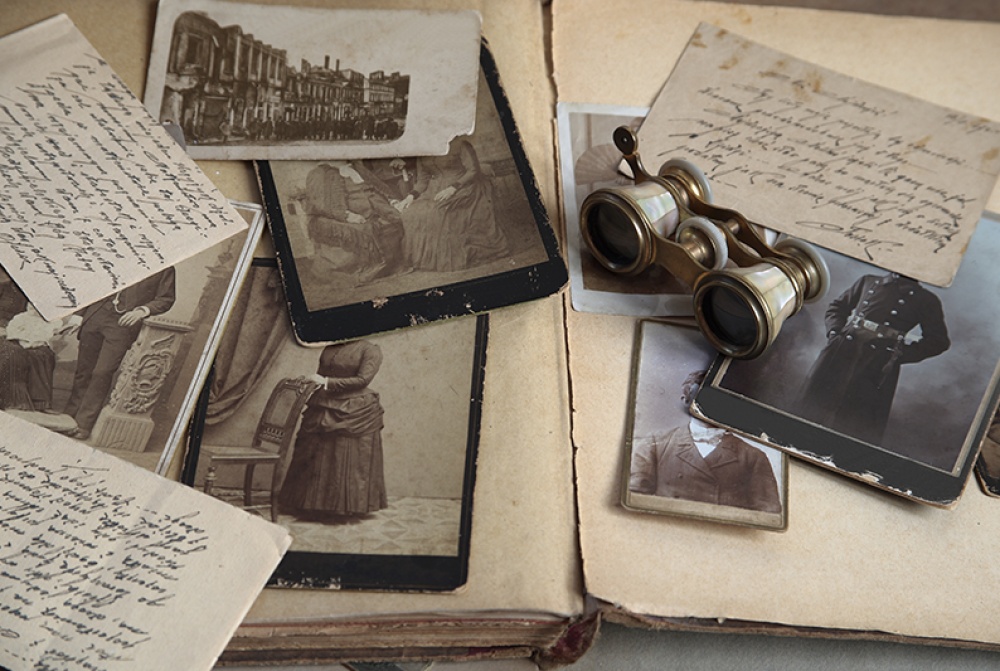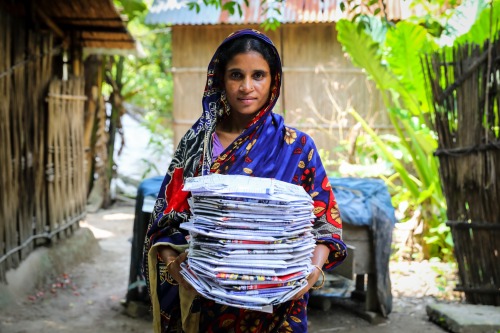A Whole New World

The story of a young domestic servant in 19th century County Durham who left for Australia on the Single Female Migrant Scheme is the focus of Jane Gulliford Lowes’ The Horsekeeper’s Daughter
For Jane Gulliford Lowes, her book The Horsekeeper’s Daughter, began as a small box filled with letters and photographs she inherited from a family friend. They portrayed the lives of a mining family in County Durham and their cousins in Australia, shown through portraits and personal exchanges. ‘Then I had these things lying around for years and didn’t really pay much attention to them’, Jane explains. ‘I decided it would be really interesting to find out who these people were, and once I started researching and the link between my village and the people in the letters, the more this really interesting information came to light’.
Amongst those Jane researched was a young girl named Sarah Marshall — the daughter of a pit-pony horsekeeper. The links between Jane’s life and the Marshall family became evident when she discovered Sarah had lived in the house next door. ‘The coincidence just seemed too great, and the more I researched her the more it became an obsession’, explains Jane. ‘I have researched my own family tree in the past, but nothing like this’, she adds.
The book follows Jane’s search for the individuals in the box, and includes the amazing story of a girl from Seaton village who had moved to Australia by herself in 1886 in the midst of political upheaval and industrial unrest in County Durham. Through her in-depth research Jane has written a unique history of a County Durham girl that is both personal and immensely educational.
Jane was able to trace Sarah’s story from her days as a domestic servant in Seaham to her journey to Australia, where she continued employment as a domestic worker before marrying and starting a family. ‘I was able to document the life that she led there, and the fact that in reality things ended up being no better for her’.
Like many girls in 19th century County Durham, Sarah became a domestic servant at an early age, working as a maid-of-all-work in Seaton Village Farmhouse. Repeatedly overwhelmed by local and family tragedies, Sarah’s life was heavily influenced by the mining disasters that blighted this part of the world and political consequences of strikes that happened as a result. ‘I wanted to understand the historical context and the wider events’, explains Jane. ‘I’ve always been very interested in the history of County Durham and my hometown of Seaham, and I inherited a lot of my knowledge from my grandparents. They always used to tell me tales of old Seaham, and it captured my imagination’, Jane explains. ‘Everyone in Seaham is aware of the colliery disasters; it’s ingrained into us from an early age’.
Jane’s book provides a new perspective on the impact of the mining conditions on families. Seaham Colliery had a dangerous reputation — known to many as the ‘hell pit’. A well-deserved nickname, the colliery was the site of three explosions in just one year. However, it was the disaster of 1880 that really struck the village; in her book Jane writes ‘so great was the explosion that it was said to have been heard by sailors on ships moored at Seaham Harbour, and by villagers at Murton, another colliery village a couple of miles inland’.
By 1886, Sarah had dealt with repeated family trauma and the political unrest in County Durham was escalating; so she packed up her things and left for Australia. ‘Several questions kept running through my mind’, says Jane. ‘Why did Sarah go to Australia? What factors caused her to leave her family and move across the world?’. She began to explore the Single Female Migrant Scheme of the 19th century, which saw thousands of young, single women like Sarah Marshall migrate from Britain to Australia. The colonial governments hoped to populate Queensland with skilled labourers and domestic workers, to build the population and generate new business and infrastructure. This was a radical move, considering women in Britain could not yet vote and had only just been granted the right to own property if they were married.
Jane explains that for many women, arriving in Australia wasn’t a vast improvement from northern mining towns. ‘The streets weren’t paved with gold and it often wasn’t what they were expecting. For many young women, things weren’t better for them — often they didn’t progress past domestic work’, says Jane. Sarah’s life followed this unfortunate pattern, and she only left life as a domestic servant when she married.
‘There are so few books about this period of the area’s history, and none as far as I’m aware about the women who left via the Single Female Migrant Programme’, Jane says. ‘It’s well known in Australia, but not here’. Sadly for Sarah life in Australia meant more family tragedy with the death of her child. She continued work alongside her husband on farms across Upper Coomera and Tambourine, before her death at the young age of 47.
The Horsekeeper’s Daughter, Troubador Publishers or Amazon, £8.99






